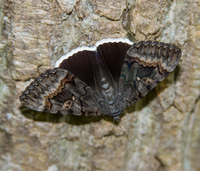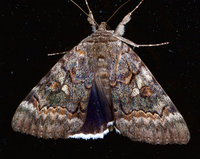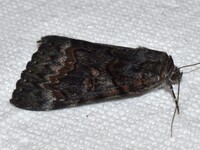
| Recorded by: Jeff Niznik, David George, Rich Teper on 2025-06-05
Orange Co.
Comment: | 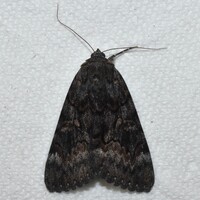
| Recorded by: Jeff Niznik, David George, Rich Teper on 2025-06-05
Orange Co.
Comment: |
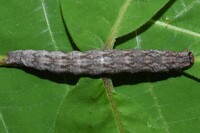
| Recorded by: Jeff Niznik, David George, Rich Teper on 2025-04-21
Orange Co.
Comment: | 
| Recorded by: Jeff Niznik, David George, Rich Teper on 2025-04-21
Orange Co.
Comment: |
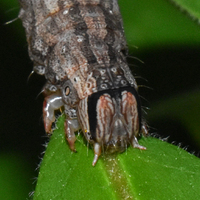
| Recorded by: Jeff Niznik, David George, Rich Teper on 2025-04-21
Orange Co.
Comment: | 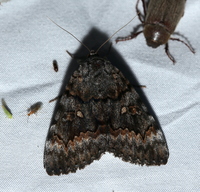
| Recorded by: David George, Stephen Dunn, Jeff Niznik, Patrick Coin on 2024-06-22
Chatham Co.
Comment: |
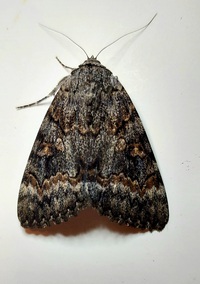
| Recorded by: Mark Basinger on 2024-06-15
Rowan Co.
Comment: | 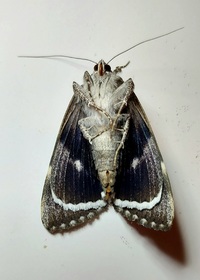
| Recorded by: Mark Basinger on 2024-06-15
Rowan Co.
Comment: |
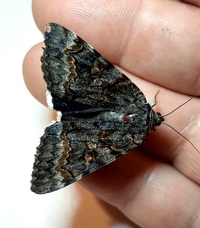
| Recorded by: Mark Basinger on 2024-06-15
Rowan Co.
Comment: | 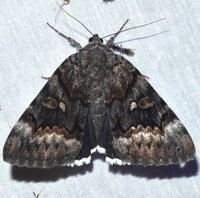
| Recorded by: Jeff Niznik on 2024-06-15
Scotland Co.
Comment: |
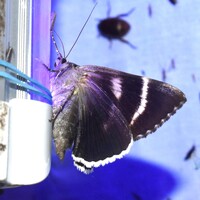
| Recorded by: Jeff Niznik on 2024-06-15
Scotland Co.
Comment: | 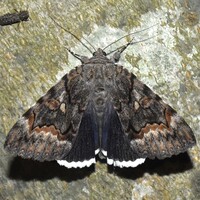
| Recorded by: David George, Tracy Feldman, Jeff Niznik, Rich Teper, Patrick Coin, Becky Watkins on 2024-06-08
Wake Co.
Comment: |
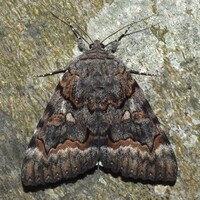
| Recorded by: David George, Tracy Feldman, Jeff Niznik, Rich Teper, Patrick Coin, Becky Watkins on 2024-06-08
Wake Co.
Comment: | 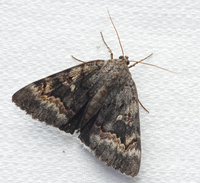
| Recorded by: Chuck Smith on 2023-07-22
Davidson Co.
Comment: |
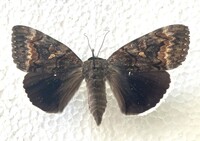
| Recorded by: Darryl Willis on 2023-06-21
Cabarrus Co.
Comment: | 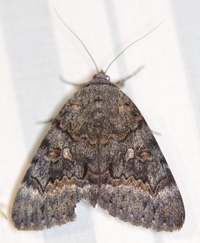
| Recorded by: Stephen Dunn on 2023-06-18
Orange Co.
Comment: |
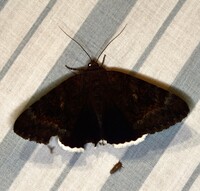
| Recorded by: Stephen Dunn on 2023-06-18
Orange Co.
Comment: | 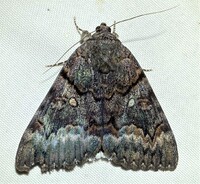
| Recorded by: Dean Furbish on 2023-06-13
Wake Co.
Comment: |
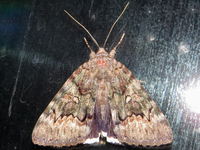
| Recorded by: tom ward on 2022-07-13
Buncombe Co.
Comment: | 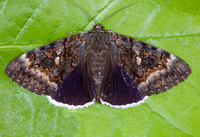
| Recorded by: Jim Petranka on 2022-07-09
Madison Co.
Comment: |
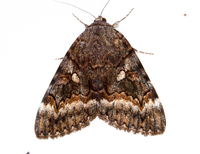
| Recorded by: Jim Petranka on 2022-07-09
Madison Co.
Comment: | 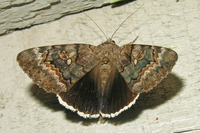
| Recorded by: Owen McConnell on 2021-07-26
Graham Co.
Comment: |
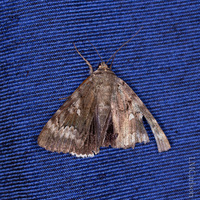
| Recorded by: Lior Carlson on 2021-07-24
Orange Co.
Comment: | 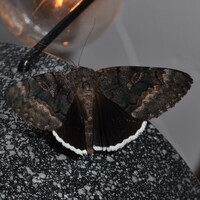
| Recorded by: Jeff Niznik on 2021-06-26
Wake Co.
Comment: |
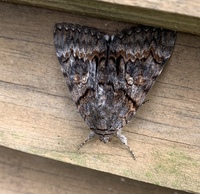
| Recorded by: Stephen Dunn on 2021-06-22
Orange Co.
Comment: | 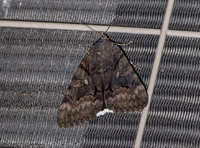
| Recorded by: John Petranka on 2021-06-15
Orange Co.
Comment: |
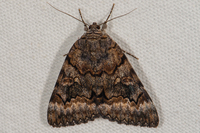
| Recorded by: David L. Heavner on 2021-06-13
Chatham Co.
Comment: | 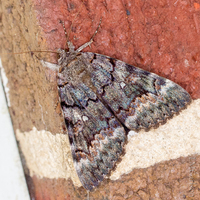
| Recorded by: Lior Carlson on 2020-06-27
Orange Co.
Comment: |
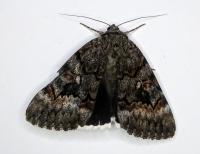
| Recorded by: Gary Maness on 2020-06-21
Guilford Co.
Comment: | 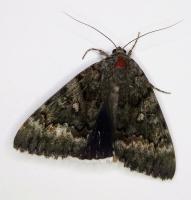
| Recorded by: Gary Maness on 2020-06-20
Guilford Co.
Comment: |
|

 »
»